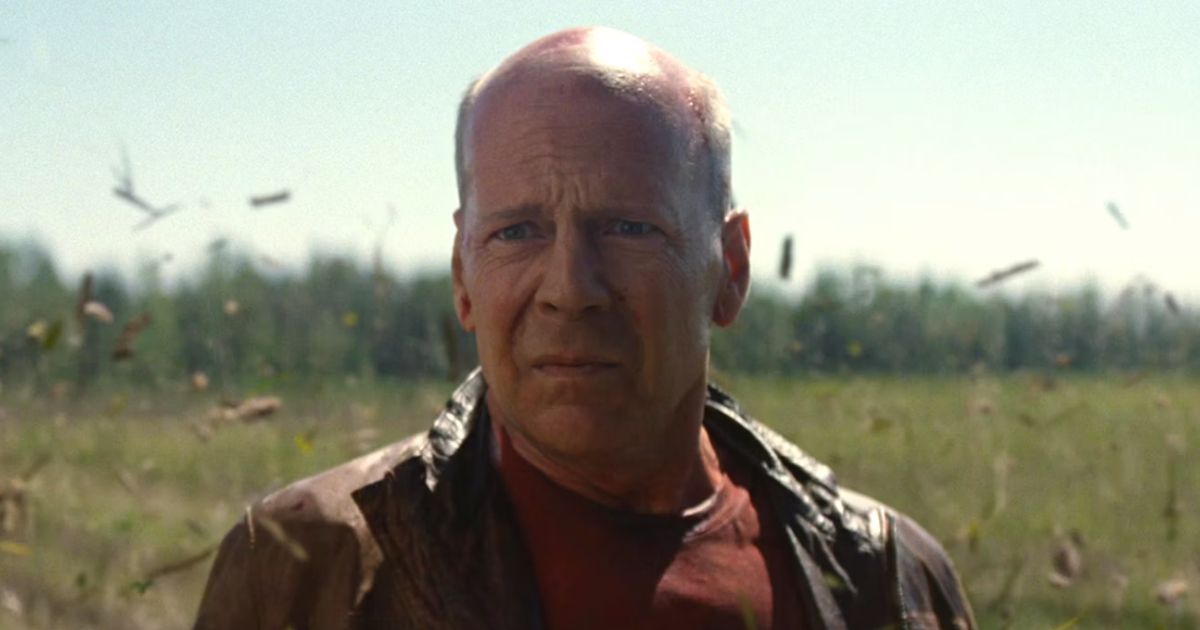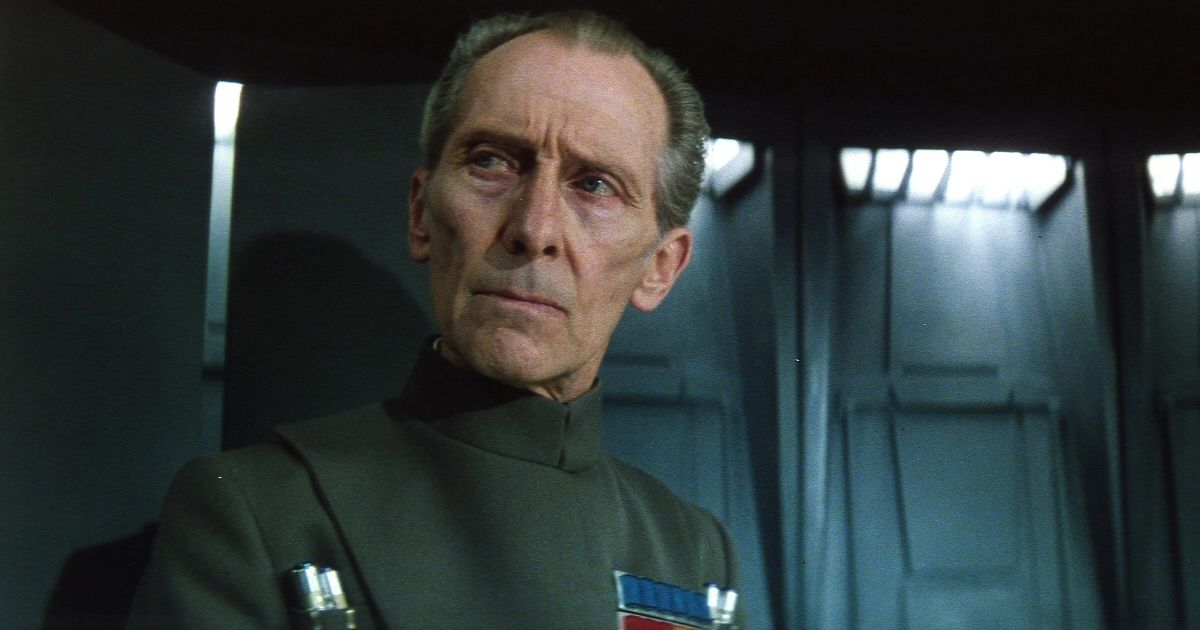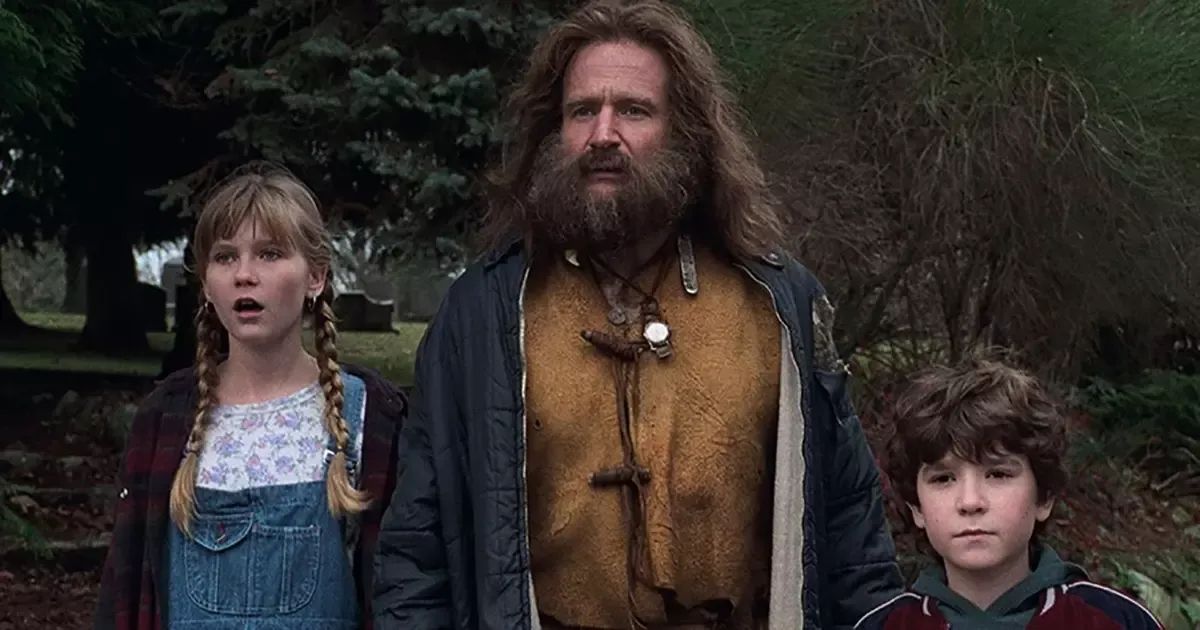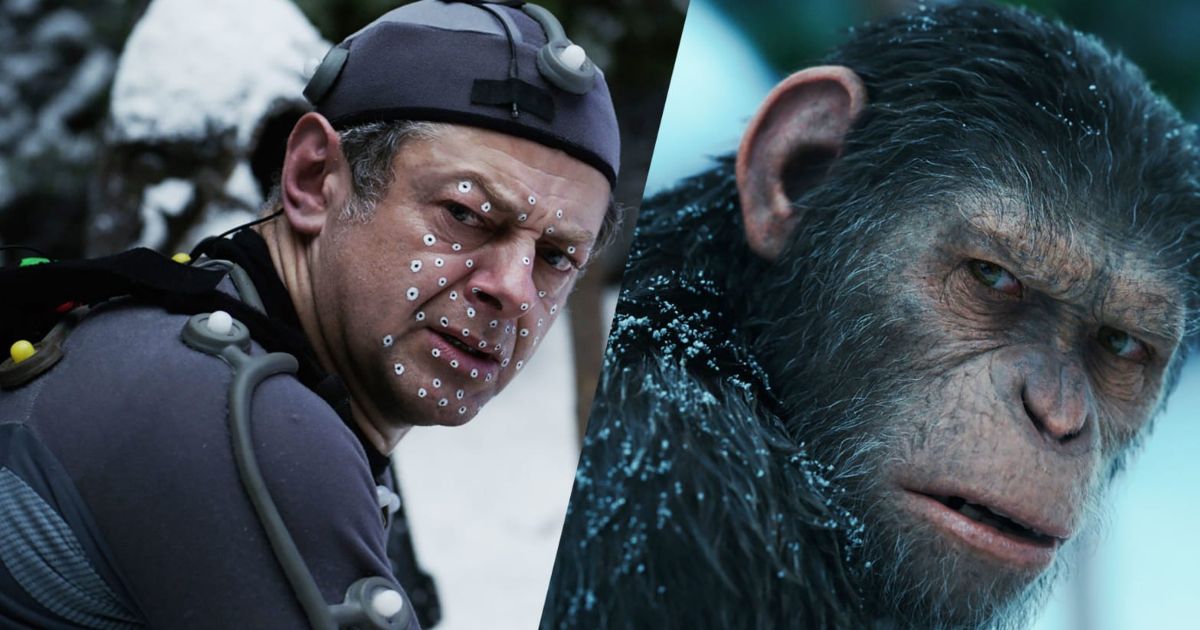Multiple publications recently picked up a false story about Bruce Willis selling his likeness to a Russian deepfake firm, Deepcake, to create a digital Bruce Willis clone that could appear in new movies in his stead. This followed an announcement earlier in the year that the Die Hard star had retired from film acting due to an aphasia diagnosis.
The deepfake story headline, which sounded like something out of Rian Johnson's sci-fi film Looper (2012), quickly went viral. But soon after, representatives for both Willis and Deepcake denied such a sale ever took place. Each party claimed that Willis still owns his likeness. However, it is true that Deepcake recently used Willis' likeness for a project that the actor himself performed some remote work on. A spokesperson for Deepcake told Variety that the company used “34,000 images of Bruce Willis and made his ‘digital twin’ for a series of ads” with a third-party Russian company, Megafon and that, at the time, Willis was pleased with the result.
Even if some details of the news which originated from an article from The Telegraph turned out to be incorrect, after the CGI resurrection of Peter Cushing’s likeness in Rogue One: A Star Wars Story (2016,) the notion no longer seems far-fetched that an old Hollywood star would star sell their face for a digital clone to carry on their movie career. It may not seem normal, either. But one day, this will be the “new normal.” While it is currently in its infancy, CGI cloning is the strange but inevitable future of film and television.
The CGI Resurrection of Peter Cushing
In spite of warm reviews from critics and box office records broken to the tune of over a billion dollars, the greatest achievement from Rogue One: A Star Wars Story boils down to a single visual effect; the groundbreaking resurrection of the late English actor, Peter Cushing (1913 - 1994). It allowed him to reprise his role as Grand Moff Tarkin from the original Star Wars film (1977), for which Rogue One is a direct prequel.
Like a monster rising from the grave in the gothic horror films from Hammer Film Productions, which provided his breakout roles, there Peter Cushing was on-screen in 2016, twenty-two years after his death, acting opposite the very much alive Ben Mendelsohn.
Though Cushing was not literally brought back from death like in the Biblical tale of Lazarus, his likeness was digitally superimposed via CGI onto the face of the living English actor, Guy Henry, thanks to technological breakthroughs by ILM (LucasFilm’s Industrial Light & Magic). Henry shared Cushing’s physical build and impersonated his wooden body language and cold voice for dialogue scenes.
Early in pre-production, the filmmakers behind Rogue One posed the question to ILM, “Can deceased actors be resurrected through CGI?” But upon the film’s release, some critics who took offense to the groundbreaking visual effect posed the more controversial question, "Should deceased actors be resurrected through CGI?”
Robin Williams Prevented Hollywood from Cloning Him Until 2039
One critic of ILM’s CGI resurrection of Peter Cushing in Rogue One is film writer Joseph Walsh, who, in his 2016 article in The Guardian, said:
“[ILM’s Cushing] effect is uncanny, and the technology is breathtaking. Then come the questions about this necromantic cinematic feat and what it means for the industry, ‘Can you copyright and package an actor after death?’ It would seem so. So where do we draw the line? The late actor Robin Williams [passed] on the rights to his likeness to a trust protecting the use of his image until 2039.”
Robin Williams died two years before the release of Rogue One, but even he knew which way the wind was blowing. Peter Cushing was not so lucky, having passed in 1994. This was back when the best CGI that ILM could muster was the T-1000 melting through walls in Terminator 2: Judgment Day (1991). If Robin Williams blocked Hollywood from his beloved legacy of iconic characters from use beyond the grave for at least two decades, then ILM’s Cushing Effect clearly has a promising foothold on the future of cinema.
However groundbreaking ILM’s Cushing Effect was in 2016, its imperfections show that CGI cloning is still in its infancy as the Cushing clone made tiny errors in facial movement, which subconsciously flagged in the brains of filmgoers that the face they were looking at did not belong to a real human. In other words, ILM’s Cushing Effect was still stuck in the “uncanny valley,” a phenomenon Japanese roboticist Masahiro Mori coined in 1970 to describe human discomfort with androids. These sorts of kinks are to be expected for any special effect in its primitive state, only to evolve over time. And it will evolve. It already has.
Planet of the Apes Films Pushed the Technological Boundaries that Will Perfect CGI Cloning
Consider the Planet of the Apes franchise. Practical make-up, prosthetics, and costumes were virtually all that was available to director Franklin J. Schaffner for the original film, Planet of the Apes (1968) to convince audiences in the late ‘60s that human actors like Roddy McDowall (who played Caesar) and The Shawshank Redemption’s James Whitmore (who played the assembly president) were actually apes. Fast-forward some forty years later: the filmmakers behind the 2010s reboot Apes trilogy brought the CGI/live-action hybrid technology known as motion-capture or “mo-cap” to mind-boggling humanistic heights. While a large portion of its success should be attributed to veteran mo-cap actor Andy Serkis’ brilliant performance as Caesar, each entry in the trilogy brought mo-cap one step further.
Rupert Wyatt’s Rise of the Planet of the Apes (2011) primarily starred live-action humans like James Franco and John Lithgow. Then Matt Reeves (who would go on to direct The Batman) expanded upon the emotional resonance of mo-cap beautifully in his sequel, Dawn of the Planet of the Apes (2014), which gave equal screen time and emotional weight to mo-cap apes and live-action humans. Finally, the tech was perfected in Reeves’ somber last entry, War for the Planet of the Apes (2017), which primarily starred mo-cap apes.
Due to the work of scientists collaborating with the likes of James Cameron and ILM on films like Avatar and its upcoming sequels, the Apes franchises’ forty-year gulf between ape costumes and mo-cap suits is no longer an accurate model for how rapidly the technology is currently advancing. So if Andy Serkis’ intoxicatingly intimate mo-cap performance can make modern audiences cry by seeing the ironic and tragic humanity in the eyes of an ape pitted against the superior weapons of real humans, then picture what a performer like Serkis could inflict upon audiences of the future with the sparkling blue eyes and spitting-image face of Paul Newman... Or Bruce Willis, for that matter.
This all sounds pretty far-fetched, right? One day it won’t. And that day is only getting closer. Just read Bruce Willis’ statement he recently made upon the release of those Russian deepfake ads which used his CGI clone:
“I liked the precision with which my character turned out [in this] mini-movie in my usual action-comedy genre. For me, it is a great opportunity to go back in time. With the advent of modern technology, even when I was on another continent, I was able to communicate, work and participate in the filming. It’s a very new and interesting experience.”
It will be a very new and interesting experience for all of us to watch more CGI clones like Peter Cushing and Bruce Willis in the years to come. Because the question is not "if" another actor will surrender their likeness to a CGI clone. The question is, "Who’s next?"




